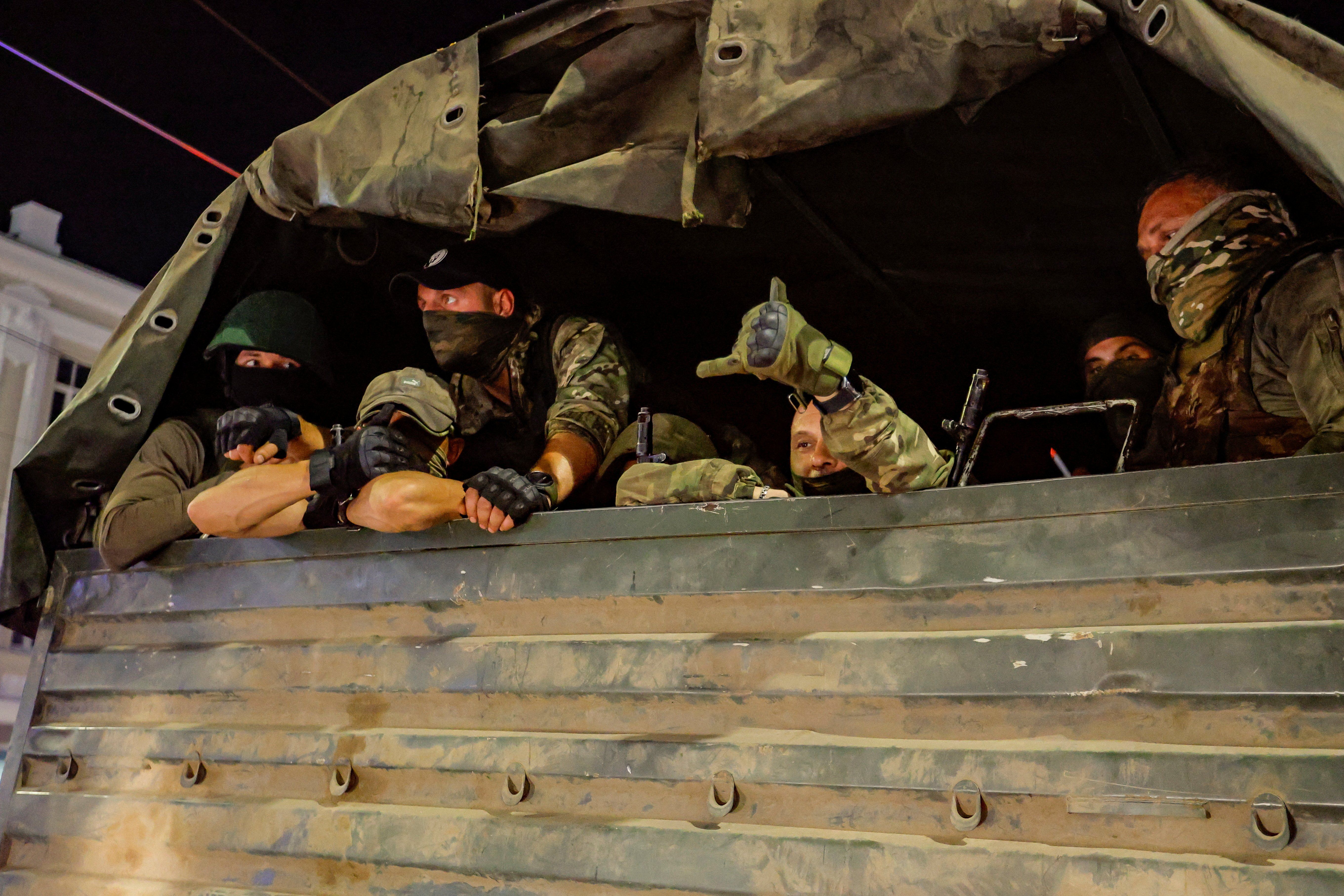50,000: Wagner Group is believed to have about 50,000 armed men in total. Some of them are hardened combat veterans, but many have been recruited from Russian prisons. Prigozhin has led about half that number in Ukraine and those are the men he took on the march to Moscow.
84: Coups are generally bad for currencies. The ruble fell to a value of 84 per U.S. dollar on Friday, as traders worried that Russia might plunge into civil war. Russian business outlets said major banks were offering an exchange rate of closer to 100 to the dollar.
60: Rostov-on-don is located just 60 miles from the Ukrainian border, and it is home to the Russian southern military district command, whose 58th Combined Arms Army is heavily engaged in trying to stop Kyiv’s counteroffensive in Southern Ukraine.
More For You
America’s new National Security Strategy confirms what Europeans have feared for months: Washington now sees a strong, unified European Union as a problem to be solved, not an ally to be supported.
Most Popular
The power of sports
What’s Good Wednesdays™, December 10, 2025
Walmart's $350 billion commitment to American jobs
In this episode of Tools and Weapons, Microsoft Vice Chair and President Brad Smith sits down with Ed Policy, President and CEO of the Green Bay Packers, to discuss how purpose-driven leadership and innovation are shaping the future of one of the world’s most iconic sports franchises. Ed shares how technology and community-focused initiatives, from Titletown Tech to health and safety innovations on the field, are transforming not just the game of football, but the economy and culture of Green Bay itself. He explains how combining strategic vision with investment in local startups is keeping talent in the Midwest and creating opportunities that extend far beyond Lambeau Field.
Subscribe and find new episodes monthly, wherever you listen to podcasts.
More than a week after Hondurans cast their ballots in a presidential election, the country is still stuck in a potentially-dangerous post-election fog.
